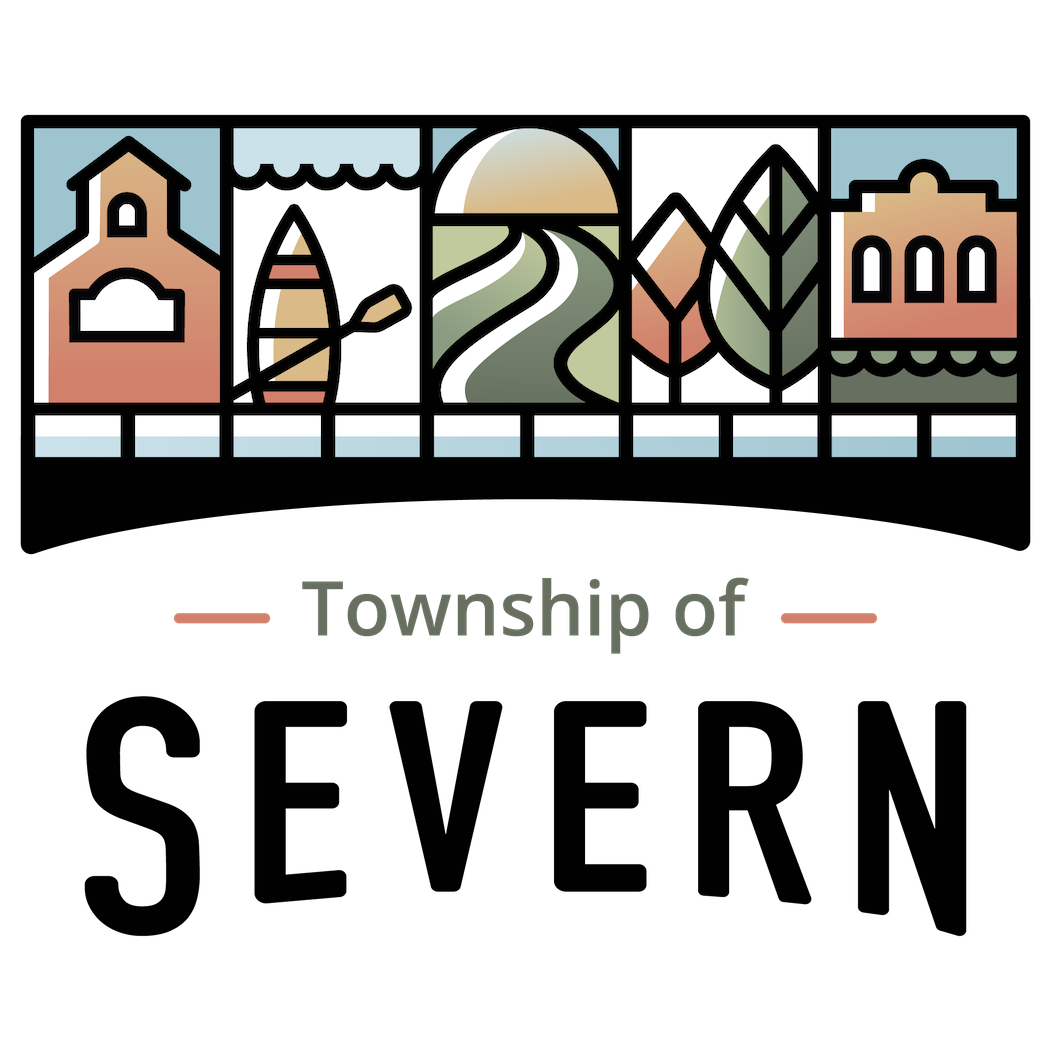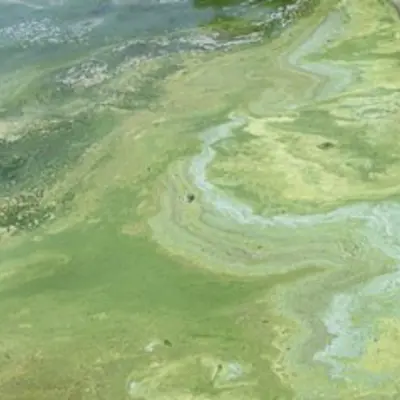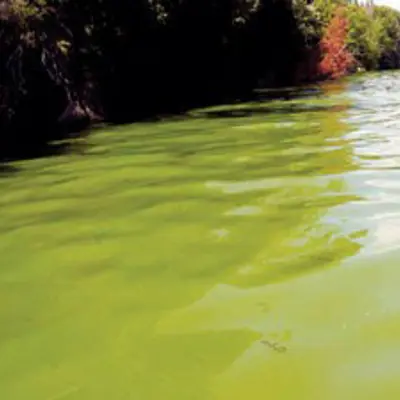Municipal drinking water systems are consistently monitored for blue-green algae and microcystin, a specific cyanotoxin known to have health implications.
Both raw and treated water undergo regular testing, alongside visual inspections of the lake and intake lines. Most municipal systems across Canada have never surpassed the maximum acceptable concentration of microcystin in treated water.
This indicates that the intricate treatment systems employed by the majority of municipal drinking water systems effectively eliminate blue-green algae and their associated toxins.
Residents will be promptly informed if microcystin levels in treated water exceed the Ontario Drinking Water Quality Standard. The likelihood of exposure to cyanotoxins from municipal drinking water is very low.






